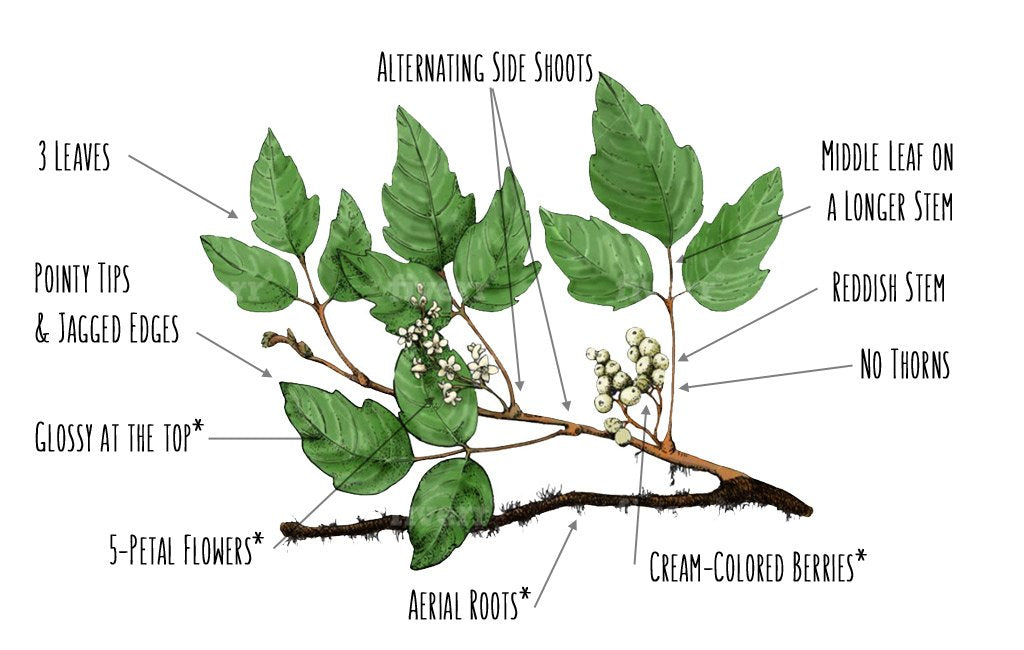

- #Poison ivy identification guide how to
- #Poison ivy identification guide skin
- #Poison ivy identification guide free
Try over-the-counter skin products that are intended to act as a barrier between your skin and the oily resin that causes poison ivy rash.What does poison ivy look like? Poison ivy has alternate leaves, and each leaf has three leaflets. So if you put away a contaminated jacket without washing it and take it out a year later, the oil on the jacket may still cause a rash. Handle contaminated clothing carefully so that you don't transfer the urushiol to yourself, furniture, rugs or appliances.Īlso wash as soon as possible any other items that came in contact with the plant oil - such as outdoor gear, garden tools, jewelry, shoes and even shoelaces. If you think you've come into contact with poison ivy, wash your clothing promptly in warm soapy water - ideally in a washing machine. If you think your pet may be contaminated with urushiol, put on some long rubber gloves and give your pet a bath.Ĭlean contaminated objects. Even washing after an hour or so can help reduce the severity of the rash. Within 30 minutes after exposure to urushiol, use soap and water to gently wash off the harmful resin from your skin. Don't burn poison ivy or related plants because the urushiol can be carried by the smoke. Afterward remove the gloves carefully and wash them and your hands. You can get rid of such plants by applying an herbicide or pulling them out of the ground, including the roots, while wearing heavy gloves. Identify and remove poison ivy, poison oak and poison sumac from your yard or garden. If needed, protect your skin by wearing socks, boots, pants, long sleeves and heavy gloves. Keep pets from running through wooded areas so that urushiol doesn't stick to their fur, which you then may touch.
#Poison ivy identification guide free
If camping, make sure you pitch your tent in an area free of these plants.
:max_bytes(150000):strip_icc()/DSC_0461-56a6fb6a3df78cf772914361.jpg)
Wear socks, pants and long sleeves when outdoors. When hiking or engaging in other activities that might expose you to these plants, try to stay on cleared pathways.
#Poison ivy identification guide how to
Learn how to identify poison ivy, poison oak and poison sumac in all seasons. To prevent poison ivy rash, follow these tips:Īvoid the plants. Serious difficulty breathing and inflammation of the lining of the lungs may result from inhaling urushiol. See your doctor if pus starts oozing from the blisters. If you scratch a poison ivy rash, bacteria under your fingernails may cause the skin to become infected. Your risk of a rash is increased if you participate in outdoor activities that put you at higher risk of exposure to poison ivy, poison oak and poison sumac: But it's possible to get poison ivy rash from someone if you touch plant resin that's still on the person or contaminated clothing. Pus that oozes from blisters doesn't contain urushiol and won't spread the rash. Even the smoke from burning poison ivy, poison oak and poison sumac can irritate or harm your nasal passages or lungs.


 0 kommentar(er)
0 kommentar(er)
